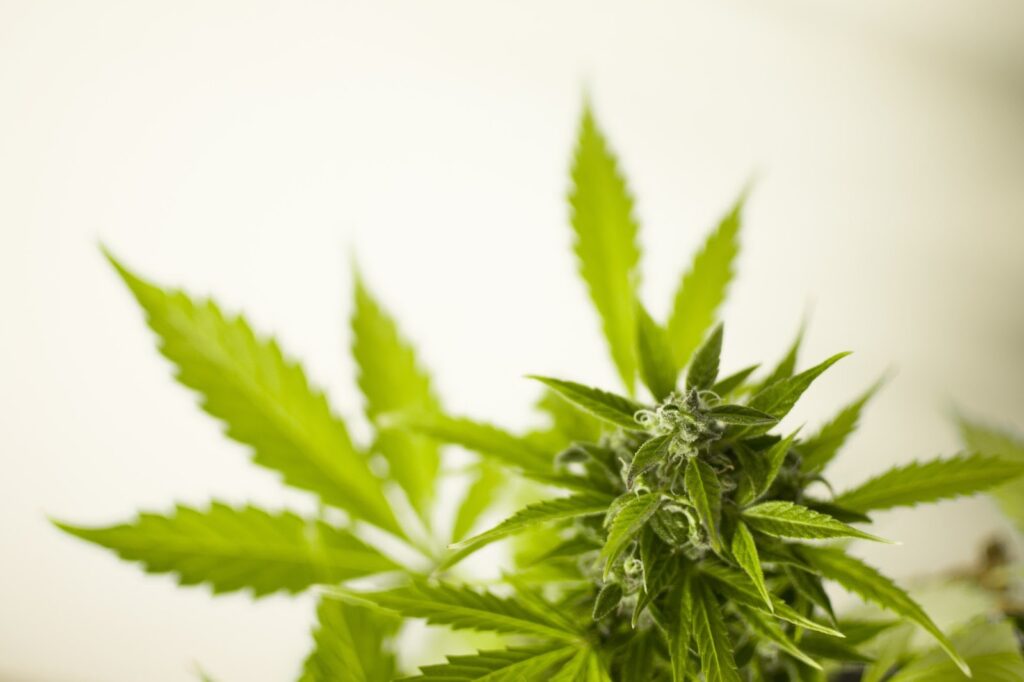Kratom, a complex and intriguing herb, has made a significant impact on the global health and wellness scene. Known scientifically as Mitragyna speciosa, it is a tropical evergreen tree from Southeast Asia, primarily found in Thailand, Indonesia, Malaysia, and Papua New Guinea. The origins of kratom date back centuries, where it was used traditionally for its medicinal properties. It has been chewed, brewed into teas, and used in various other forms by indigenous populations.
The popularity of kratom lies in its versatility and potency. It is touted for a myriad of uses, including alleviating discomfort, boosting energy levels, enhancing mood, and aiding in opiate withdrawal. In recent times, kratom has found a place in the Western world as a supplement and has garnered a substantial following due to its varied effects, which depend on the dosage and strain consumed. The demand for kratom has led enthusiasts and vendors alike to purchase it in bulk to ensure a steady supply, customize dosage, and even create their own blend of strains.
Kratom’s varied applications have led to an increase in its commercial availability, with the herb being offered as powders, capsules, tinctures, and more. This wide array of formats and the private use of kratom for self-managed care prompts consumers to consider bulk purchases for personal cost efficiency and to tailor use to individual needs.
The Science of Kratom
Kratom contains numerous active compounds, with the most prominent being mitragynine and 7-hydroxymitragynine. These compounds are known as alkaloids and are primarily responsible for kratom’s psychoactive effects. They interact with the body’s opioid receptors, but they do so without triggering the same addictive behaviors that classic opioids are known for. Additionally, these alkaloids can influence neurotransmitters in the brain, leading to varied sensory and emotional effects.
In the body, kratom acts in a complex manner, with low doses typically producing stimulating effects. Users often report increased energy, sociability, and alertness. On the contrary, higher doses tend to elicit sedative effects, such as relaxation, pain relief, and reduced anxiety. The dose-dependent nature of kratom’s physiological interactions makes understanding it critical for responsible usage.
The manner in which kratom works within the human body is still under study, but it is believed to largely interact with the sympathetic nervous system. This interaction is responsible for kratom’s stimulant effects when consumed in lower doses. As the dosage increases, its effect pivots towards the parasympathetic nervous system, inducing a calming and numbing sensation. This dual-action is part of the herb’s unique profile, which continues to intrigue researchers and users alike.
Different Strains of Kratom
The red vein kratom strain is perhaps the most well-known and widely available strain on the market. Characterized by the reddish hue of the leaf veins, it is often associated with its potent sedative and pain-relieving properties. Many users turn to red vein kratom seeking comfort from persistent discomfort and to aid in sleep. Due to its effects, it is recommended for evening use or during times when relaxation is desired.
White vein kratom, with its white-veined leaves, stands in distinction as a strain that offers energizing and uplifting effects. A favorite among individuals requiring a boost in energy and focus, this strain is compared to a strong cup of coffee, minus the jitters and crash. It’s heralded for enhancing alertness and concentration, making it suitable for morning or daytime use when productivity needs to be at its peak.
Green vein kratom resides between the red and white varieties, offering a more balanced spectrum of effects. Those who use green vein kratom report a mildly stimulating effect accompanied by enhanced mental clarity and mild pain relief. It is considered a versatile strain, fitting for those seeking a middle ground between the stimulating and sedative properties of the red and white variants.
Varieties and Regions
Kratom’s properties are not only influenced by its strain but also by its region of origin. Southeast Asian varieties, which include Bali, Borneo, Thai, and Malay strains, are revered for their high-quality and distinct characteristics. Each strain possesses a particular chemical composition influenced by the region’s climate, soil, and farming practices, leading to unique effects. The Bali strain, for instance, is noted for its potent effects and is a favorite for pain relief, while the Borneo strain is associated with strong sedative qualities.
While kratom is traditionally associated with Southeast Asia, it’s also grown in other regions, such as certain countries in Africa. However, strains from non-traditional regions may differ in alkaloid content and effects, partly due to the divergence in environmental factors and growth conditions. These exotic varieties are less common in the marketplace but can offer a distinct experience for the kratom enthusiast looking for varied effects.
Bulk Kratom: Advantages and Considerations
Purchasing bulk kratom offers significant cost-effectiveness, especially for regular users of the substance. Bulk purchases reduce the cost per dose and offer the opportunity for users to blend different strains to tailor the effects to their preferences. In comparison to pre-packaged kratom products, bulk buys allow for a more personalized approach to kratom consumption.
However, storage and shelf life are crucial considerations when purchasing kratom in bulk. Since the potency and freshness of kratom can deteriorate over time, proper storage is key. It is recommended to store bulk kratom in airtight containers away from light, moisture, and strong odors to preserve its quality. Moreover, consumers should be aware of the shelf life of their particular strain, as this can influence the decision to buy in large quantities.
The Process from Harvest to Bulk
Kratom undergoes a meticulous process before it reaches the consumer in bulk form. Kratom leaves are generally harvested from mature trees, which increases the concentration of alkaloids within the leaves. Once harvested, the leaves are thoroughly cleaned and then subjected to a drying process. This can be done indoors or outdoors and may involve exposure to direct sunlight or UV lamps, which can influence the final alkaloid profile of the leaves.
After drying, the leaves are ground into a fine powder, which is a common form for bulk kratom. The grinding process must be performed carefully to ensure a consistent texture and to preserve the integrity of the kratom’s active compounds. Once powdered, bulk kratom is typically packaged in large quantities, such as kilograms, ensuring that it is ready for distribution and sale.
Legal Status and Regulations
The global legal perspectives on kratom vary widely, with some countries embracing its use and others banning it outright. Certain nations in Southeast Asia, where kratom originates, ironically have strict laws against its use, sale, and possession. Conversely, kratom is legal and widely available in many Western countries, albeit with some regulations concerning its sale.
In the United States, the legal status of kratom is complex and varies from state to state, with some states imposing an outright ban and others allowing its use under regulated conditions. The FDA does not approve kratom for medical use, and it has warned against its potential risks, but it remains a legal substance under federal law. Sellers and users must navigate varying degrees of regulation to ensure compliance.
Purchasing Bulk Kratom Responsibly
Finding reputable suppliers is essential when purchasing bulk kratom. A trustworthy supplier will have transparent sourcing practices, provide lab testing results for their products, and offer comprehensive product information. It’s essential to research and validates the credibility of the vendor to ensure that the kratom is of high quality and free from contaminants.
Quality and purity testing is a critical step in the responsible purchase of bulk kratom. Reputable vendors will typically provide certificates of analysis (CoA) for their products, which detail the alkaloid content and ensure the absence of contaminants such as heavy metals, pesticides, and microbial organisms. These tests are pivotal in confirming the safety and potency of the kratom being purchased.
Dosage and Preparation
Measuring and dosing bulk kratom accurately is fundamental for achieving desired effects and avoiding potential negative consequences. Due to variances in strain potency and individual tolerance, starting with a lower dose and gradually increasing it is advisable. Consistency in measurement is key, and users often use digital scales for precision.
Traditional preparation methods for kratom include brewing it into a tea or mixing the powder into food and beverages. The method of preparation can influence the rate and extent of the effects experienced. When using bulk powder, customization of dosage and preparation becomes more feasible, allowing individuals to find the method that works best for their needs.
Potential Risks and Side Effects
Although kratom has various potential benefits, it is also associated with known side effects. Some users may experience nausea, constipation, dizziness, or dry mouth, particularly with higher doses or prolonged usage. It’s crucial to monitor one’s response to kratom and adjust doses accordingly to mitigate these effects.
Dependence and withdrawal concerns are important to consider with regular kratom use. While many users report relatively mild withdrawal symptoms compared to traditional opioids, some may experience discomfort, irritability, and cravings when ceasing use. Awareness and responsible management of kratom intake can reduce the risk of developing dependence.
Conclusion
In sum, the benefits of purchasing bulk kratom are plentiful, from cost savings to the ability to customize usage per individual preferences. It’s a versatile substance whose strains and varieties provide a wide range of effects, appreciated by a diverse user base. However, the decision to use kratom must be made with both the benefits and potential risks in mind.
Responsible use entails an understanding of the legal status, ensuring quality and purity, and meticulous dosing and preparation. Individuals who approach kratom with a respect for its potency and a commitment to personal safety can integrate it into their wellness routines in a positive and effective manner. As with any supplement or herb, it should be used judiciously, and consumers should remain informed about the latest research and regulations surrounding its use.






